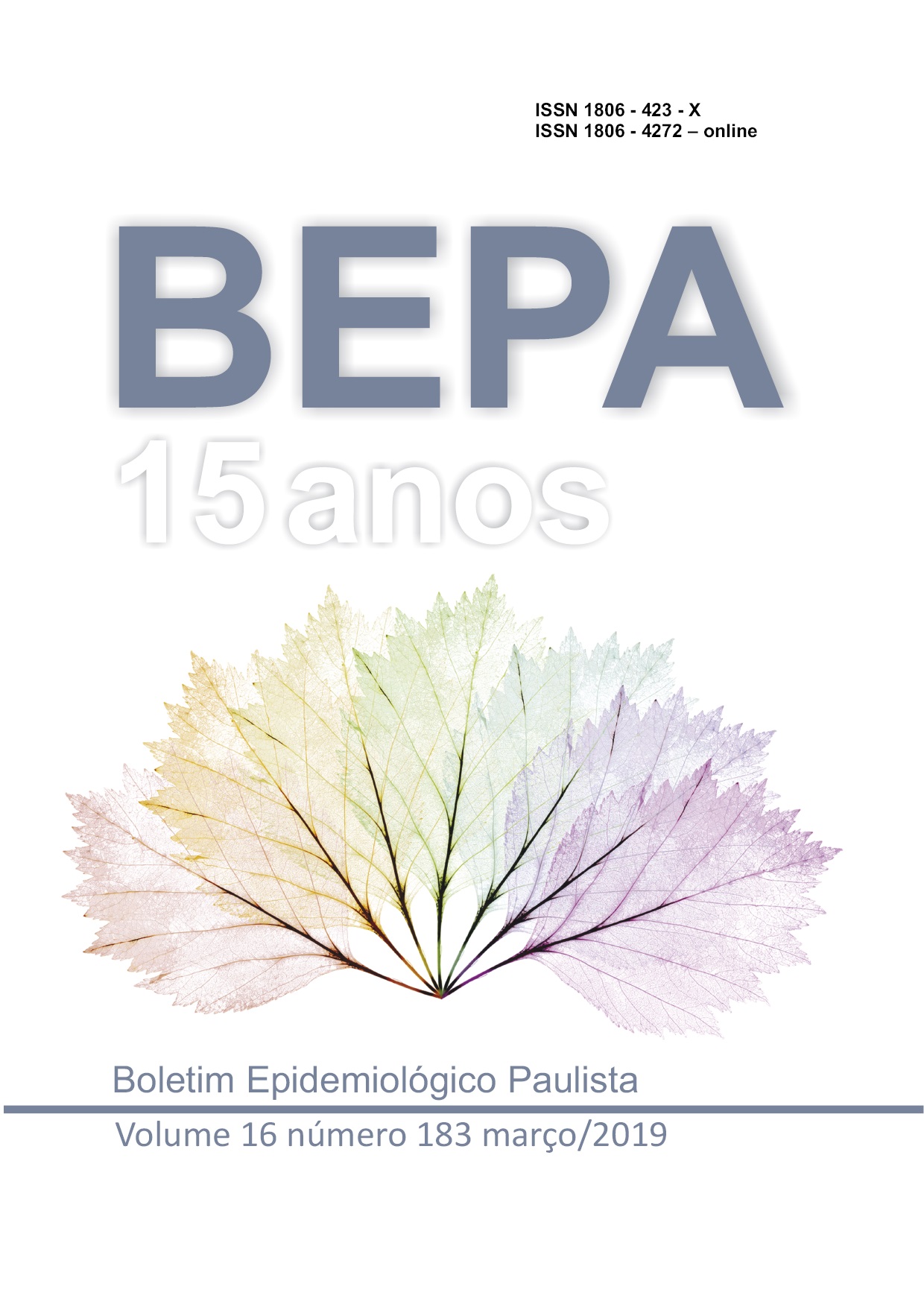Abstract
Fungi and medicinal plants have always participated in the history of mankind, so
knowing the scientific production on the fungal contamination of medicinal plants
was the objective of this study. The sources of information PubMed/MEDLINE, VHL
Portal, Web of Science, Scopus and Embase were consulted using the terms “fungi/
fungal contamination” and “medicinal plants”, from 1960 to 2016. Two hundred
and four articles were included in the inclusion criteria. The source of information
that presented more publications on the subject was Scopus with 29%. Among the
most productive countries were India, Brazil, China and USA. The Institutions of
Education and Public Institutes of Research were the major producers of articles
on the subject. The most productive institutions were the Pasteur Institute of Iran,
the Universities Tarbiat Modare, the University of São Paulo and the University of
Belgrade. Seventeen authors accounted for 32.8% of the publications, with Masoomeh
Shams-Ghahfarokhi, Mehdi Razzaghi-Abyaneh and Mohammad-Bagher Rezaee being
the most productive. A high degree of collaboration/partnership between the authors
was found. The most studied research sub-theme was “Quality control of medicinal
and phytotherapeutic plants”. The magazine Food Additives & Contaminants was
the most published articles on the subject. Eleven articles can be considered as
reference to the researched topic. In relation to the analysis of the average life of
the article, classic works on the theme “fungal contamination of medicinal plants”
were observed. The most studied species of medicinal plant was licorice, even in
relation to fungal contamination. Thyme was the medicinal plant that had the highest
number of samples researched for its antifungal activity. The most studied species of
fungus was Aspergillus flavus. In relation to mycotoxins, aflatoxins were the most
researched. When analyzing the distribution of publications per decade, there was an
average growth of 110 times in the period, which shows that the production on the
subject remains in evidence.

This work is licensed under a Creative Commons Attribution 4.0 International License.
Copyright (c) 2019 Thais Calixto da Silva, Maria de Fátima Costa Pires (orientadora)
